Never worry about bare spots in your flower beds ever again – garden experts say these 5 beautiful filler plants will give you instant coverage
These plants will place the finishing touch on your flower beds, just in time for spring and summer
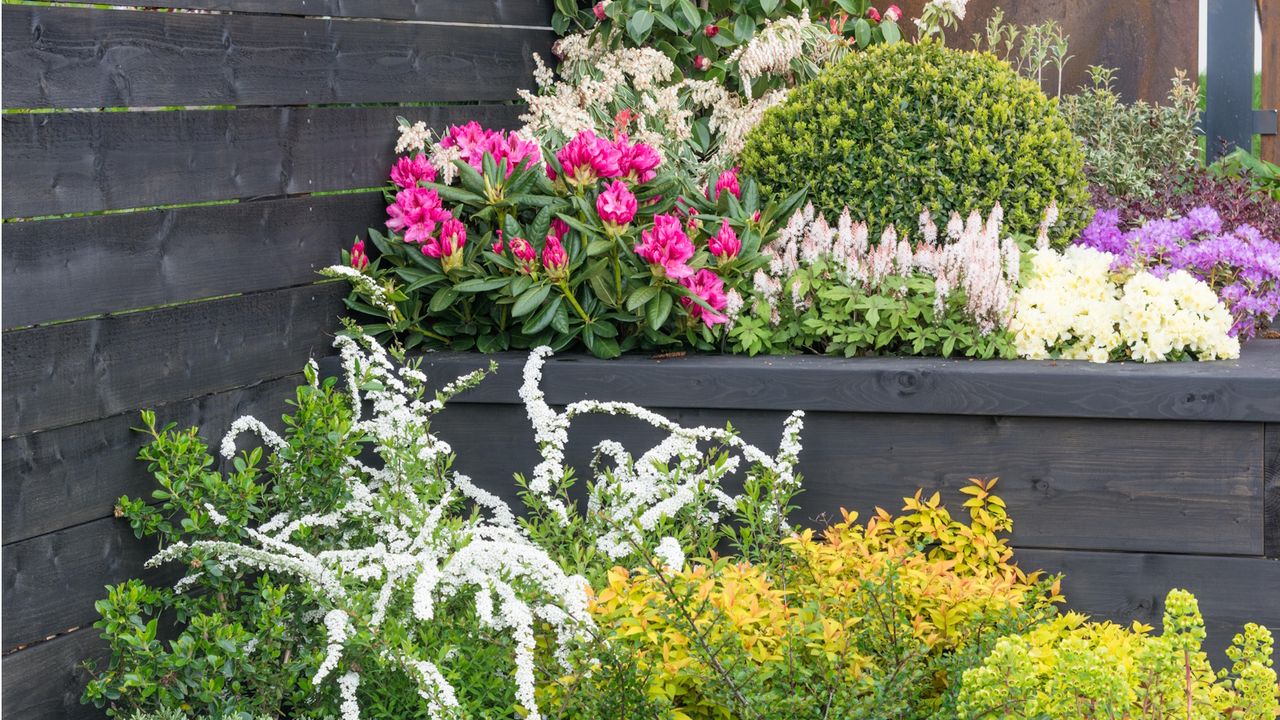
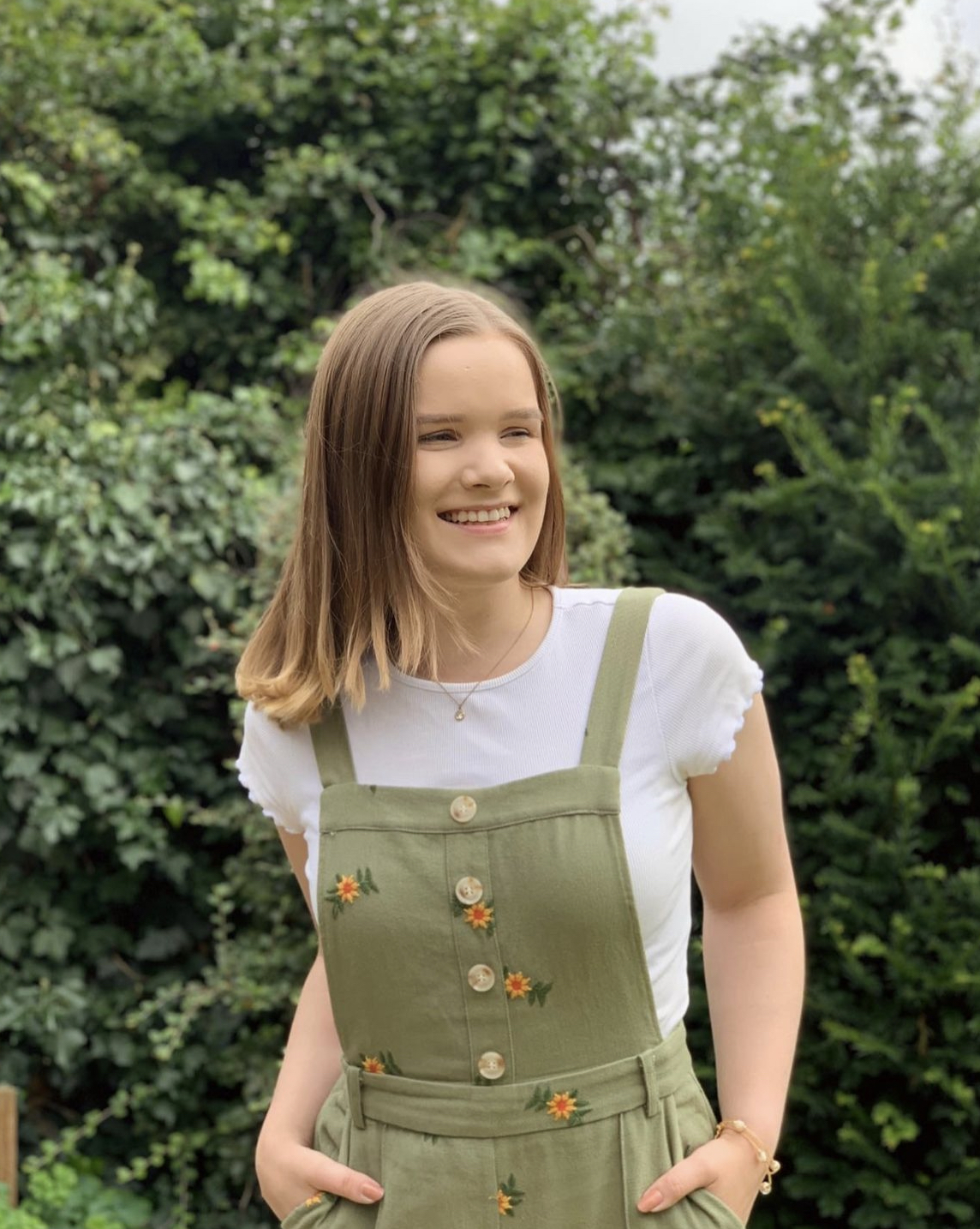
When you set out to have a bright, colorful flower bed in your yard, the last thing you want is to to be distracted by bare spots disrupting the flow of otherwise abundant planting, creating an eyesore. To solve this issue, you might require seeking some filler plants for sparse flower beds to complete your planting.
It doesn't matter what type of flower bed idea you want to create in your yard, sometimes empty spots are tricky to avoid when you first start out. After getting your favorite flowers planted up and allowing them to settle in, you can then get your hands on some other plants to fill those bare spots and add even more foliage and floral interest.
Not sure where to get started? I've spoken to garden experts to find out which filler plants are worth investing in to complete your raised garden beds and flower beds this spring and summer.
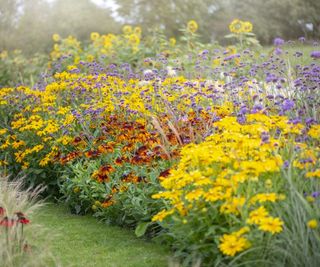
5 filler plants for bare spots in your flower beds
When planting a flower bed, there are a few things you need to keep in mind: color, height, and fullness. It can be tricky to get an abundant look straight away, especially when you're only just starting out with creating a new flower bed.
Luckily, there are plenty of filler plants for sparse flower beds to choose from, and many of them are more unusual choices to add interest to your planting:
1. Gomphrena
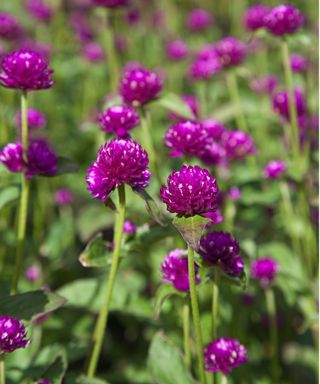
- Hardiness: US hardiness zone 2 to zone 11
- Flowering time: Early-summer to fall
- Best for: Spherical blooms
In shades of pink, purple, orange, red, and white, gomphrena (or globe amaranth) is a charming plant with small pom-pom blooms - you can grow them with these globe amaranth seeds from Amazon.
'I adore gomphrena’s gumball shaped blooms and it gives a touch of whimsy to any garden,' says Laura Janney, garden designer and CEO of The Inspired Garden Masterclass. 'It is a great way to add height and texture to any flower bed and will get wide and spread out, filling up space in no time. You can also use shorter varieties as a border plant,' she adds.
They also make a great cutting garden flower to dry or arrange indoors.
'They can handle a range of soil types, but it needs to be well draining,' says Laura. 'Don't forget to deadhead spent blooms to encourage more,' she adds.
To deadhead fading blooms, use essential pruning tools - like these pruning shears from Amazon.

Laura has won awards for her work designing landscapes. She aspires to create ‘sanctuaries that feed the soul and awaken the senses’. The Inspired Garden is a full service garden and container business, with Laura imparting her wisdom via online courses.
2. Angelonia
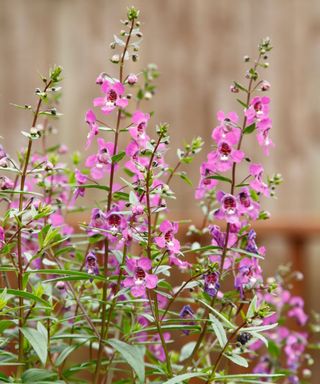
- Hardiness: US hardiness zone 9 to zone 11
- Flowering time: Late-spring to early-fall
- Best for: Colorful height
With spikes of dainty flowers, angelonia can reach anywhere between 12-24 inches tall. These flowers are available in white, pink, purple, blue, and combinations of colors, too.
'It’s a staple in many of our gardens, offering English cottage garden charm with its bell-shaped flowers and a continuous display of color throughout the summer,' Laura describes.
'They're often referred to as the 'Summer Snapdragon,' and are extremely low-maintenance as it is fast-growing, hardy, tolerates extreme heat, humidity, and drought. It's even a deer-resistant plant,' she adds.
As long as angelonia is planted in a sunny spot and in well-draining soil, you can keep deadheading them to get repeat blooms throughout summer.
Grow this angelonia seed mix from Walmart to enjoy a whole range of colors.
3. Hardy geranium
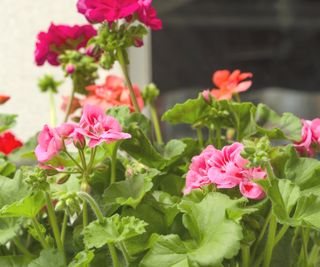
- Hardiness: US hardiness zone 4 to zone 8
- Flowering time: Late-spring to early-fall
- Best for: Clusters of blooms
No flower bed, hanging basket display, or container garden is complete without geraniums. They're a fail-safe choice as a filler plant for sparse flower beds, infusing bright color with charming flowers.
'I will always add geraniums to my flower beds,' says Homes & Gardens' Head of Gardens, Rachel Bull. 'They often grow in clusters, perfect for filling bare spots, and have dense foliage for even more coverage.
'Plus, some hardy geranium varieties have a delicious scent - perfect for if you're planting a fragrant garden,' she adds.
An added bonus - growing hardy geraniums is very easy. These flowers adapt to a wide range of conditions and will be happy in a partially shaded spot of your flower bed and a sunny spot alike.
To keep geraniums blooming, you can fertilize geraniums in early spring with this all-purpose fertilizer from Amazon.
Shop geraniums available at Nature Hills.

Rachel is a gardening editor, flower grower and floral designer. Her journalism career began on Country Living magazine, sparking a love of container gardening and wild planting. After more than a decade writing for and editing a range of consumer, business and special interest titles, Rachel became editor of floral art magazine The Flower Arranger. She then trained and worked as a floral designer and stylist in London for six years, before joining the Homes & Gardens team.
4. Dusty miller
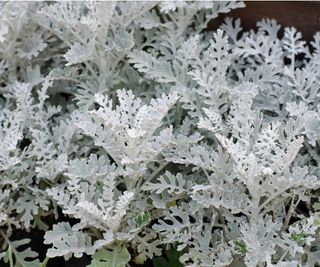
- Hardiness: US hardiness zone 7 to zone 10
- Flowering time: Mid-summer
- Best for: Unique foliage
To give your existing flowers a moment of their own, consider filler plants for sparse flower beds that are best known for their foliage - like dusty miller.
'Dusty miller is one of my favorite plants for unusual foliage,' says Rachel. 'As its name indicates, it has foliage that appears dusty or powdery. When planted in between colorful blooms, it makes for an impactful, striking display,' she adds.
What's more, these plants flower in mid-summer with dainty yellow blooms. You need to provide plenty of sunlight for this to happen.
You can buy dusty miller starter plants at Walmart.
5. Lobelia
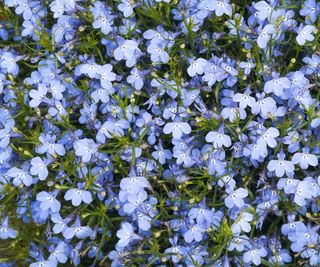
- Hardiness: US hardiness zone 9 to zone 11
- Flowering time: Spring to fall
- Best for: Dense coverage
For a quick solution on the list of filler plants for sparse flower beds, try growing lobelia. These charming gem-sized blooms will instantly hide bare spots with their spreading habit.
Its for this reason lobelia also makes the list of best plants for a flowering living wall, offering plenty of coverage.
Lobelia is available in blue, pink, white, and more, making it the perfect addition to a number of planting schemes. It's also a great plant for attracting hummingbirds, due to its nectar-rich center.
Make sure to maintain a consistent moisture level for lobelia, not allowing it to dry out. Doing so could result in droopy leaves and flowers.
Find lobelia plants at Nature Hills.
FAQs
What is the best time of year to plant bedding plants?
It's best to get your bedding plants planted around mid-spring to June. This ensures the risk of late frost has passed and the temperatures are warm enough for plant roots to settle in. Don't forget to water bedding plants well once they are in the soil to help them settle.
These are just some of the filler plants for sparse flower beds you could choose from. Why not consider edimentals vs bedding plants, too? Or, spread the joy of these plants by using them in a thriller, filler, spiller container arrangement.
Sign up to the Homes & Gardens newsletter
Design expertise in your inbox – from inspiring decorating ideas and beautiful celebrity homes to practical gardening advice and shopping round-ups.

Tenielle is a Gardens News Writer at Homes & Gardens. She holds a qualification in MA Magazine Journalism and has over six years of journalistic experience. Before coming to Homes & Gardens, Tenielle was in the editorial department at the Royal Horticultural Society and worked on The Garden magazine. As our in-house houseplant expert, Tenielle writes on a range of solutions to houseplant problems, as well as other 'how to' guides, inspiring garden projects, and the latest gardening news. When she isn't writing, Tenielle can be found propagating her ever-growing collection of indoor plants, helping others overcome common houseplant pests and diseases, volunteering at a local gardening club, and attending gardening workshops, like a composting masterclass.
You must confirm your public display name before commenting
Please logout and then login again, you will then be prompted to enter your display name.
-
 Anne Hathaway's 'uber-modern' kitchen shelving is the stuff of minimalist dreams – it is worthy of the finest art galleries
Anne Hathaway's 'uber-modern' kitchen shelving is the stuff of minimalist dreams – it is worthy of the finest art galleriesGramercy Design used open shelving to introduce a delightful decorative moment to Anne Hathaway's white kitchen
By Jennifer Ebert Published
-
 I tried steam cleaning my dirty windows and it was unbelievably quick and easy – but this one water trick is essential
I tried steam cleaning my dirty windows and it was unbelievably quick and easy – but this one water trick is essentialSteam cleaning glass is super simple with this secret ingredient
By Chiana Dickson Published